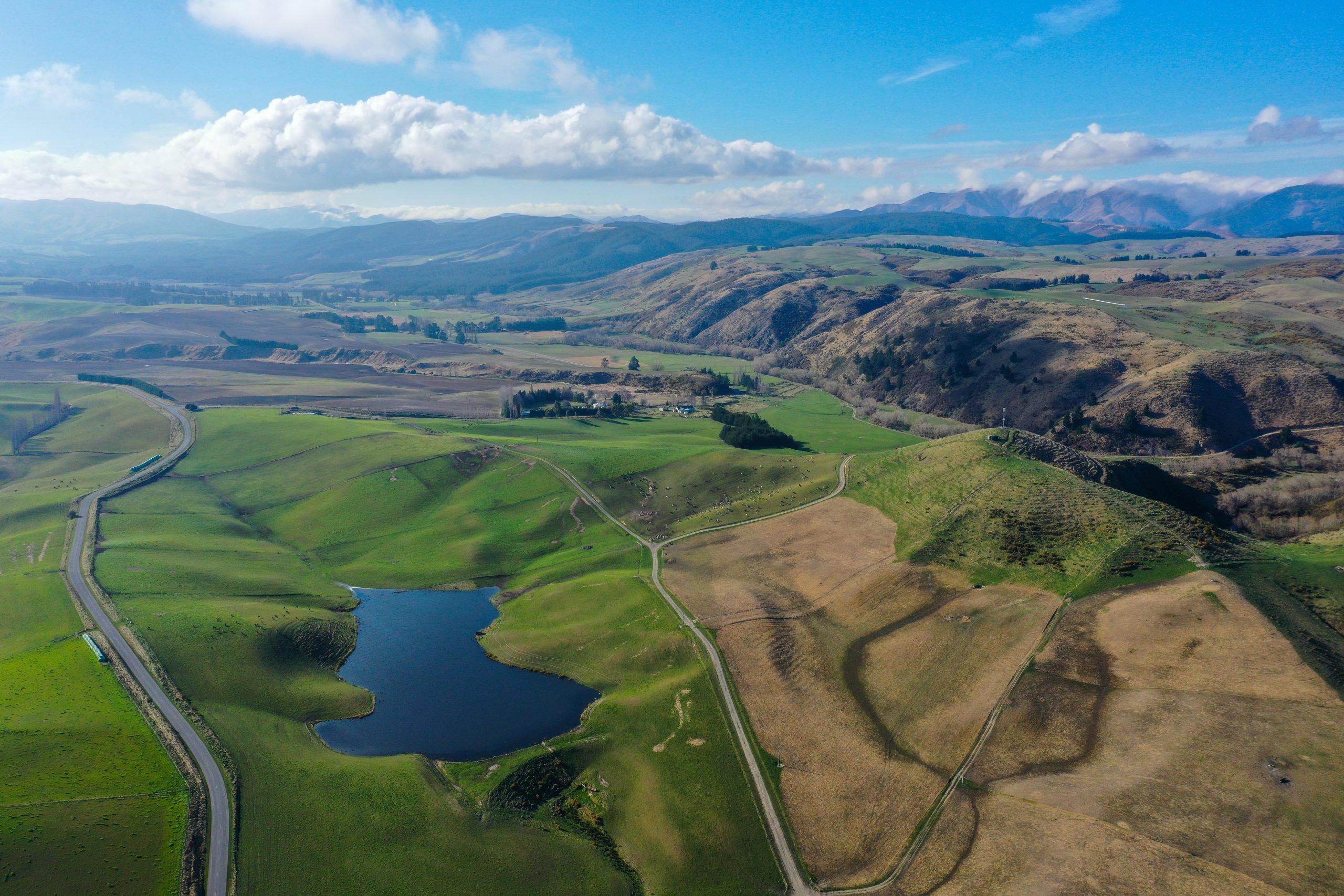Many native forest trees that would qualify for the Emissions Trading Scheme
suffer if planted in retired pasture. Story and photo by Karen Trebilcock.
Farmers wanting to plant native trees need to do more than their homework before fencing off a hectare. University of Otago botanist Associate Professor Janice Lord said most native trees, especially those that grow more than five metres and can be counted under the New Zealand Emissions Trading Scheme (ETS), will struggle to grow in retired pasture.
“You are trying to change a whole ecosystem, so it’s not just about planting a tree,” she said.
“The pasture biomass, as well as the soil microbiome, is completely alien to native trees so getting rid of rank, perennial grass and thinking about the soil is important before the introduction of natives such as manuka, pittosporums and other pioneer vegetation.”
Insects, fungi and soil organisms needed for native plants to grow can be introduced to the area from soil around purchased plants, but the suitability of what you get depends on where those plants come from.
“Beech trees need ecto-mycorrhizal fungi and they should come inoculated with it.
“However, you can’t guarantee that a nursery has used inoculum that suits your location. If your beech trees or other natives fail to thrive, introduce soil from an area that is already growing the native plants that you want to grow.”
Growing natives near already established blocks also helps, providing corridors for birds, insects and fungi. Gorse was not such a problem as rank grass, as many natives needed shading which gorse could provide.
“Totara need at least 30% shade when they are young and so do the other podocarps which become canopy trees.”
Placing bird feeders in the area helped attract birds such as kererū which brought native seeds in with their droppings. When buying plants she advised not to go to Trade Me. “You won’t know what you’re getting. Instead approach a local native plant nursery. Then the plants you’ll buy will have been grown in similar climate conditions to your own and have local mycorrhizae on their roots.
“And don’t buy cultivars because they are usually less hardy than the original species. The red cabbage trees may look great, but they don’t do as well as the green ones.
“If you can, choose plants that can handle higher temperatures than your area normally has, so you can build in some resilience to climate change.”
Although radiata pines allowed the regeneration of native plants under them in the North Island, where conditions were mostly warm and wet, southern dry and colder temperatures mostly prevented it.
However, recent trial work near Dunedin was showing natives were introducing themselves successfully under poplars.
“We think, since they lose their leaves in the winter, they’re letting enough light in for the natives to
grow plus the dead leaves provide humus and helps to keep the moisture in the soil.”
Farmers could start by growing poplars, which can be part of the ETS, and then when the natives became established, the trees could be selectively removed.
If planting by waterways, she said to add in swales and ponding areas so water had somewhere to go in times of flooding.
“Look at the whole landscape, how you can protect it from droughts and high rainfall.”
Areas should be fenced from stock and pest control put in place but she said there was nothing wrong with cattle being able to reach over and nibble, especially as some native plants may provide them with health benefits such as harakeke (NZ flax).
Janice was concerned the Climate Commission has so far rejected the proposal under He Waka Eka Noa to include shelter belts and riparian plantings in the ETS.
“There is no difference to the trees. They’re still sequestering a whole lot of carbon whether they’re planted in rows or in blocks of a hectare or larger.
“We should be incentivising and rewarding landowners who are planting native trees but at the moment planting radiata is more rewarded.
“We seem to be obsessed by radiata and it does grow a lot quicker and so sequesters carbon a lot quicker, but we need biodiversity and forests that provide benefits in the long term.”
Together with colleagues in the Otago Business School she’s applying for funding to develop a research programme on how planting natives can be rewarded, to incentivise their planting.
“It’s part of our nation’s goals to have more bush restored and if farmers are doing that then there should be some way they can be encouraged.”
Although Janice’s earlier research covered reproduction and pollination of native species, she is now firmly focused on restoring native bush in rural landscapes to improve ecosystems and for carbon sequestration.
“I own a pair of Red Bands, so I hope I have some credibility.”
This year she has 16 postgraduate students, many of whom are researching issues relevant to farmers.
“If there are any farmers in Otago and Southland who want to host a research student please get in touch. Students can benefit hugely from being at the coal face of measuring carbon sequestration and regenerating native bush.”
She can be contacted at janice.lord@otago.ac.nz





